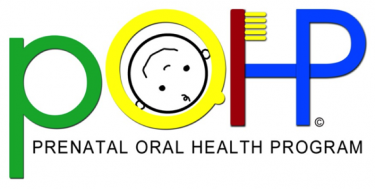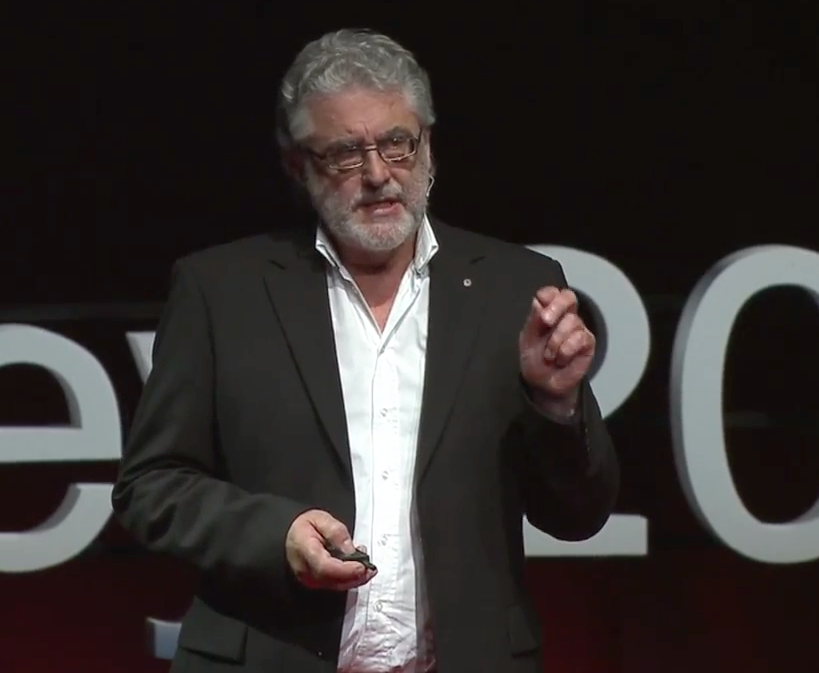TEETH: CANARIES IN THE MINE?
What if dentists approached findings that indicate an imbalance in the mouth as a far more serious warning sign, like canaries dying in yesteryears mines?
What if dentists approached findings that indicate an imbalance in the mouth as a far more serious warning sign, like canaries dying in yesteryears mines?
Why do our attempts to deal with the challenges of our time so often fail? Why are we stuck in so many quagmires today? The cause of our collective failure is that we are blind to the deeper dimension of leadership and transformational change. This “blind spot” exists not only in our collective leadership but
Evidence indicates that poor maternal oral health can have significant consequences for a woman’s systemic health and that of her children. Similarly, transmission of oral bacteria from mother to child is well-documented and poses a risk for the development of early childhood caries, the most common chronic disease of childhood. Untreated maternal dental disease nearly
Paul Pholeros and his colleagues have been working for decades on improving health by improving the living environment and housing of Indigenous people in Australia. This successful model is now spreading to other continents. Ever since I watched this TEDx Talk, I have been wondering how we, dentists could apply similar thinking to improve health
Progress in dentistry has an intense focus on technology. And what more exciting for a dentist than a new high-tech instrument? I know. I used to say that the one who dies with the most toys wins. I was going to win this game. Early adopter across the board here! But is high-tech better? In some instances it surely is. When our patients come to the point of needing restorations, the technology that provides the best margins will benefit them for sure. But could there be better ways of benefitting our patients? This article was first published in the March 2013 issue of TEAM WORK, a Palmeri Publication.

Dental offices are structured to provide safe care to as many patients as possible on any given day. Access to care and bottom lines are important. My question today is: what can we do to intentionally design into the current model time for dentistry to really listen to our patients. Please read Curing the Common

What if dentists approached findings that indicate an imbalance in the mouth as a far more serious warning sign, like canaries dying in yesteryears mines?

Why do our attempts to deal with the challenges of our time so often fail? Why are we stuck in so many quagmires today? The cause of our collective failure is that we are blind to the deeper dimension of leadership and transformational change. This “blind spot” exists not only in our collective leadership but

Evidence indicates that poor maternal oral health can have significant consequences for a woman’s systemic health and that of her children. Similarly, transmission of oral bacteria from mother to child is well-documented and poses a risk for the development of early childhood caries, the most common chronic disease of childhood. Untreated maternal dental disease nearly

Paul Pholeros and his colleagues have been working for decades on improving health by improving the living environment and housing of Indigenous people in Australia. This successful model is now spreading to other continents. Ever since I watched this TEDx Talk, I have been wondering how we, dentists could apply similar thinking to improve health
© 2012-2024 All Rights Reserved